From Halloween to Día de los Muertos
How Spooky Autumn Holiday Celebrations can Help us Better Understand our Family History
From Halloween to Día de los Muertos
How Spooky Autumn Holiday Celebrations can Help us Better Understand our Family History
As October ends and autumn leaves, paint the landscape in an amber and crimson glow – that is, if you live in that sort of location – we enter the sacred season of remembrance. These days, we hear "Halloween" and think, "Horror Fest," but the origins of Halloween and other autumn holidays are traditionally more in touch with family.
From the ancient Celtic Samhain to the modern celebrations of Halloween, Día de los Muertos, and Festa dei Morti, each of these holidays are wrapped up in traditions revolving around family and the celebration of the lives of our ancestors, both living and dead.
In the land of the living, they offer insights into how societies maintain connections with their ancestors. They remind us that we, too, should take the time to celebrate the lives that came before us and also offer a connection to our ancestral roots, dating back to a time before the documents existed to help us prove our lineage.
These practices provide spiritual inspiration and practical research pathways for genealogists and family historians. They offer a connection to take our
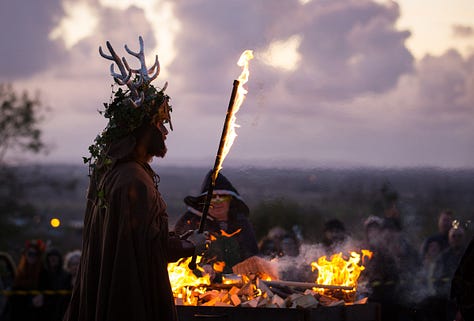
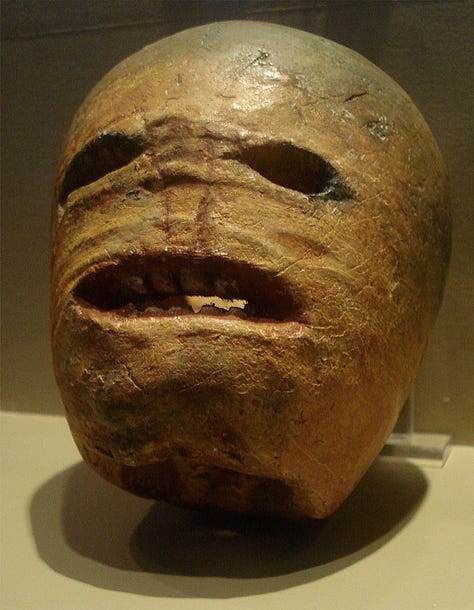
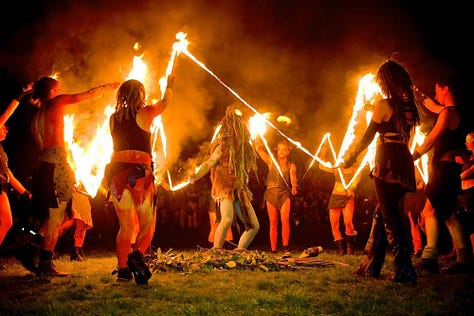
SAMHAIN
Samhain (pronounced "SAH-win") is still one of the most celebrated Celtic festivals. It takes place at the midpoint between the autumn equinox and the winter solstice. This celebration was intended to celebrate the harvest and welcome in the "dark" time of year. It is also believed that on the three days of Samhain, the veil between the world of the living and that of the dead thinned, allowing us to cross realms and visit with our departed relatives.
Families honored their deceased loved ones with feasts but also took care to leave offerings to monsters or fae folk who could use the thinning of the veil to wreak havoc on the living. The Celts wore costumes to confuse the shape-shifting Pukahs and decorated turnips as another way to throw them off the right path.
Through time, some of these traditions slowly transformed into our modern day Halloween. To learn more about the history and celebration of Samhain, head over to History.com.
If your ancestry is linked to the Celts, why not add some traditional Samhain practices to your yearly Halloween celebration? You can set an extra place at the dinner table for an ancestor, tell stories about your family around a fire (or a candle), or even make a harvest stew to enjoy while you spend time with your family.


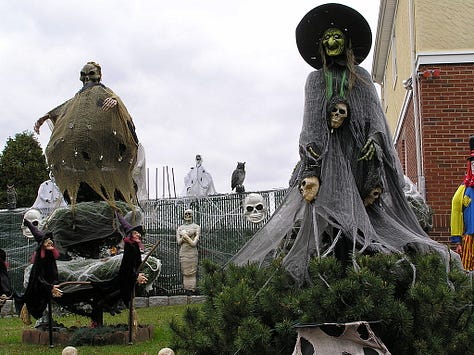
HALLOWEEN
Nowadays, our contemporary Halloween emphasizes entertainment, scares, horror movies, and paranormal adventures. Traces of Samhain (jack-o-lanterns) and other European traditions (trick-or-treating) can still be seen to this day.
It wasn't until the 1800s that the version of Halloween we are accustomed to began to form. Newspapers regaled their readers in stories of Halloween tricksters pulling pranks on their neighbors and loved ones.
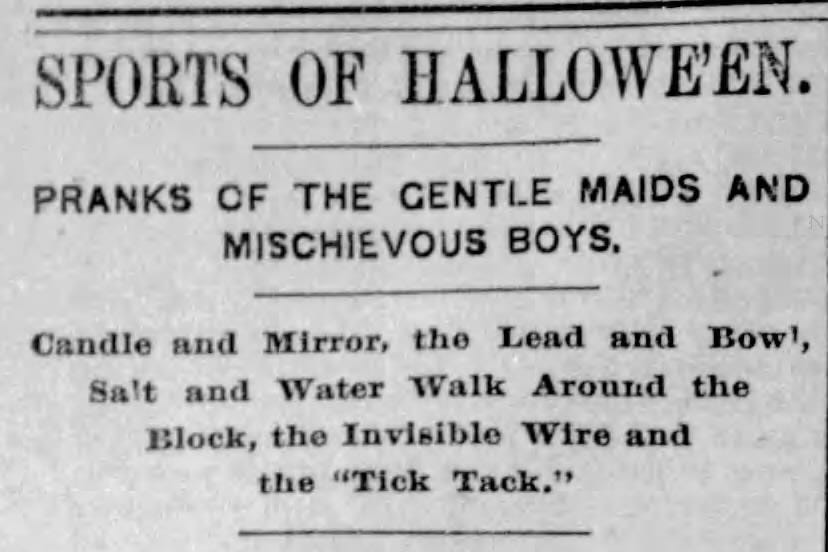
Newspapers are a wonderful way to learn more about how Halloween was celebrated in the areas your ancestors once lived. Plus, passenger lists help document where our relatives once lived. These migration patterns can help us connect modern celebrations and the traditions our ancestors brought with them to their new homes.
To learn more about the history of Halloween, click here.
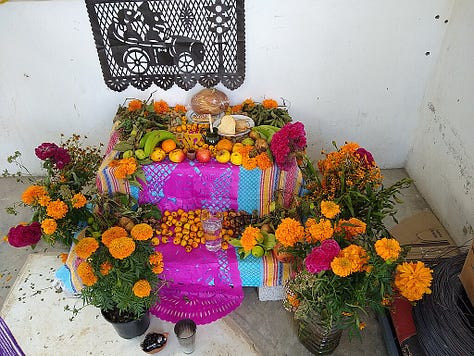
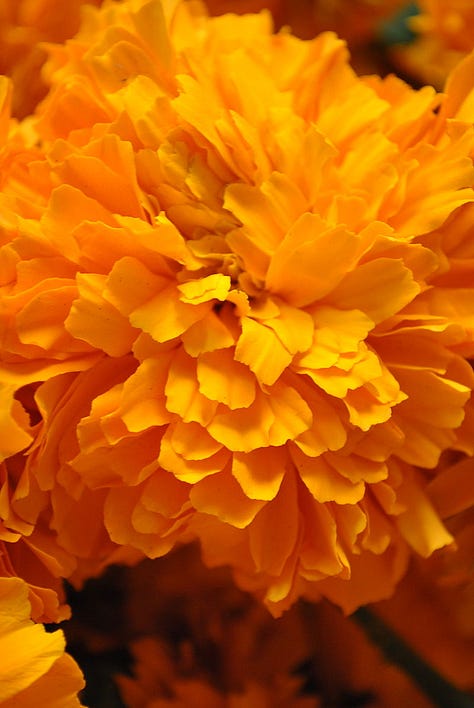
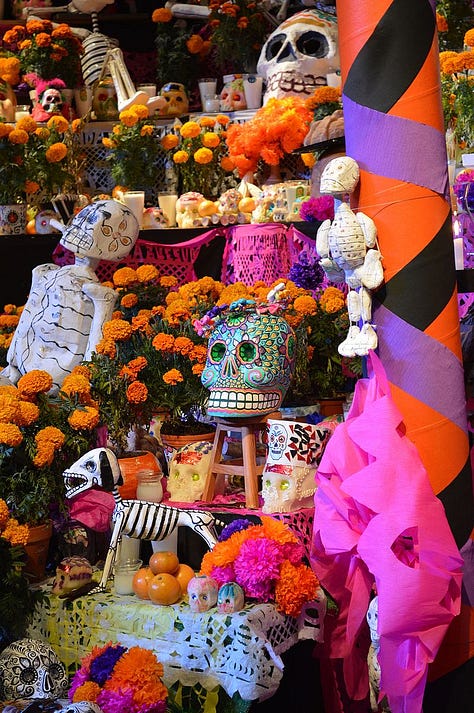
DÍA DE LOS MUERTOS
Mexico's Día de los Muertos, or Día de Muertos, is a combination of Christian European traditions and those of the native people of Mexico—primarily the Aztec (Mexica), Toltec, and Mayan. These cultures viewed death as a natural extension of life, and rather than mourning the loss of their loved ones, they would celebrate the life and legacy they left behind.
Families create ofrendas (altars) featuring photographs of their family, both living and dead, food like pan de muerto, Marigolds to help guide the dead back to the land of the living, and copal incense.
Día de los Muertos offers many opportunities to expand your family's ancestral history. From examining the offering on the ofrenda to interviewing living relatives, you never know what you may learn to help you break down that brick wall!
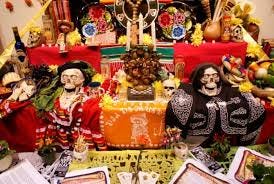
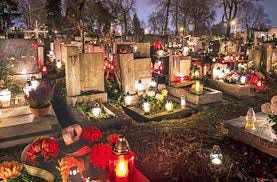
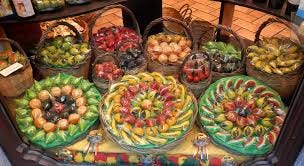
FESTA DEI MORTI
Italy's Festa dei Morti, like most other modern holidays and festivals, originates from ancient pagan religions that thrived before the adoption of Christianity. When the Church (Roman Catholic) established All Saints Day to replace the festival of Samhain, Festa dei Morti became a blend of ancient Roman and Christian traditions of ancestor veneration.
Festa dei Morti traditions can vary from Italian comune to Italian comune. This means that what is a popular tradition in Palermo, Italy, may not be the same as in Rome. Plus, while in Sicily, they do call it Festa dei Morti, in Rome, it bears the name Giorno dei Morti.
Growing up in an Italian home, I know firsthand how modern families in America and around the world have adopted many of these traditions that originated near the Mediterranean Sea in Italy. Many of the meals I consumed growing up were holiday-influenced, including soups and cookies.
If you are of Italian descent and looking to incorporate some older traditions into your day-to-day celebrations, consider visiting ancestral graves during All Saints Day. Many ancestors would bring their favorite meals to picnic by the headstones of their loved ones.
Create a Friuli—buckets of water with a lamp lit—to help guide your ancestors back from the otherworld to visit you, or bake a Fave dei Morti (cookie) to celebrate your passed relatives.
Like all the other holidays mentioned, use this time to connect with family, share stories, and celebrate the lives you have built together with both the living and the dead.
HOLIDAYS AND GENEALOGY RESEARCH
Samhain, Halloween, Die de los Mortes, and Festa dei Morti are only a few of the holidays specifically designed to celebrate family with both the living and those who have passed.
They remind us that genealogy transcends mere data collection and is about the connection we have with our kin.
CONTINUING TRADITIONS
Throughout this holiday season, starting with Halloween and continuing through the myriad holidays that will be celebrated in the next two and a half months, remember to utilize these moments with family and friends to document and add to your family tree.
Documenting festivals of the modern day and the past, taking the time to write up traditions, taking part in a family ritual, creating a digital archive that is easily shareable with other relatives interested in the family's history, and either maintaining or beginning the tradition of maintaining a family altar.
These autumn celebrations are an opportunity to reveal how remembering ancestors affects who you are today. They remind us that being fundamentally human transcends time and culture. Whether lighting Samhain fires, creating Day of the Dead ofrendas, or sharing stories during Festa dei Morti, we participate in ancient traditions that connect past to present, helping our ancestors live on inside of us and helping to shape the generations to come.








A really interesting and fascinating read, thank you. I have put a longer comment with a restack so I won't repeat it here.